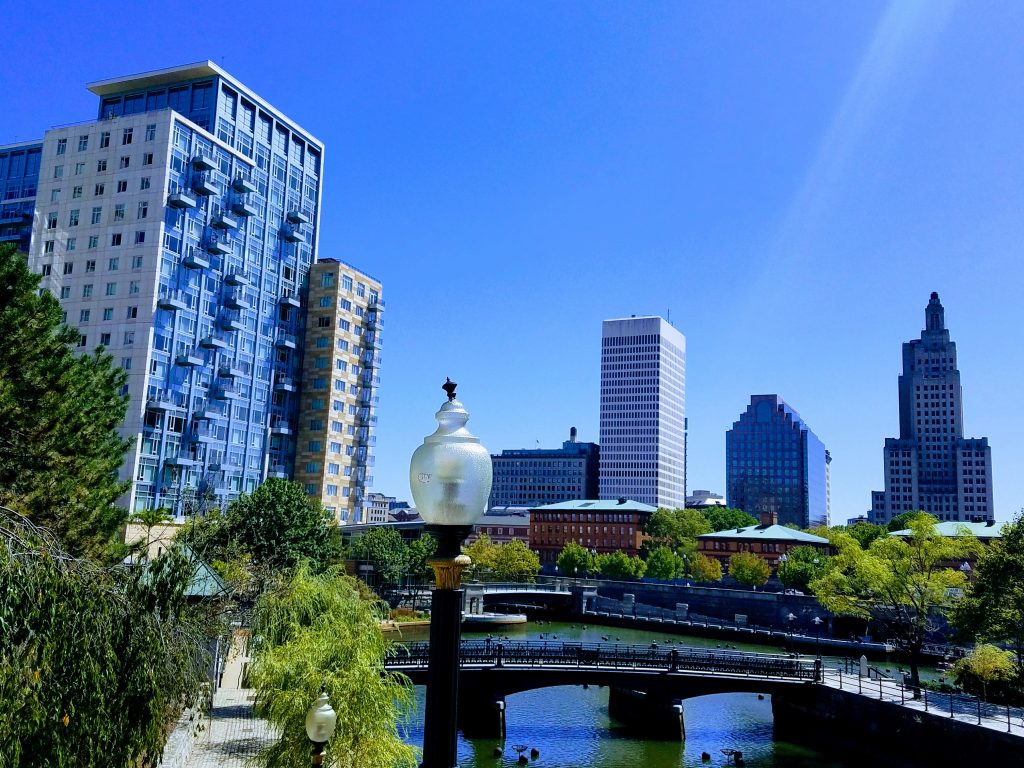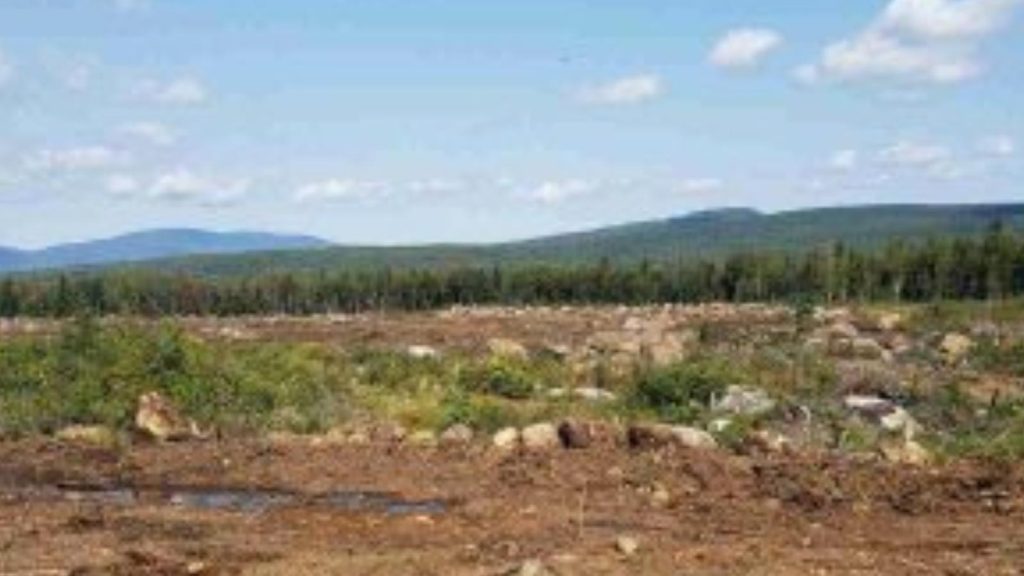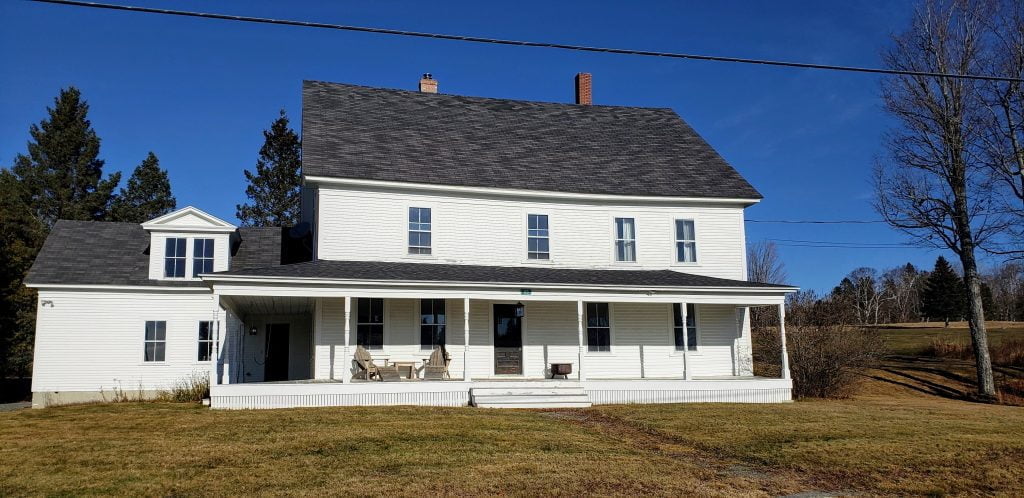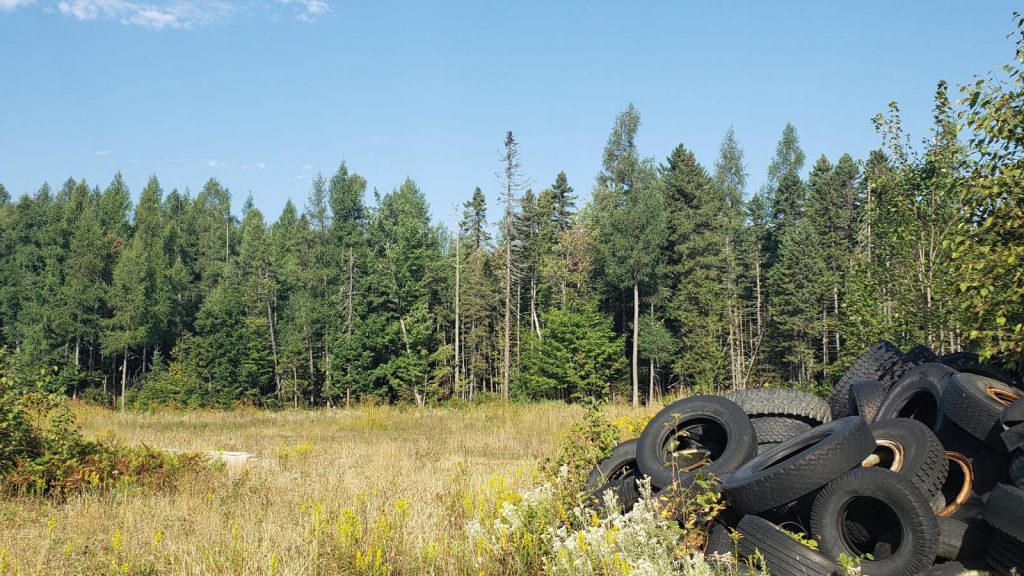The term “rural” means an area outside a city or town. The United States has no one-size-fits-all definition of a rural area. The Census Bureau’s urban and rural definitions rely on population density, while other federal agencies use land area or population thresholds.
Sometimes, rural areas are defined as those places that are not “urban.” I will explore the various definitions of rural and urban areas in the United States. (This blog is about living in rural areas, the advantages and disadvantages, and tips for rural living.)
You may find no easy answer to what “a rural area” is. Therefore, the rural meaning is constantly changing, as is the population.
Rural Definition by Population Density
One common way to define a rural area is by population density. The Census Bureau defines three categories of density: urbanized areas, urban clusters, and rural areas.
- An urbanized area must have a population of at least 50,000 people and a population density of at least 1,000 people per square mile.
- An urban cluster must have a population of at least 2,500 but fewer than 50,000.
- A rural area is any territory not part of an urbanized area or cluster.
Rural Land Area
Another common way to define a rural area is by land area. The Department of Agriculture (USDA) describes two rural regions: open countryside and small towns. Open countryside is any territory with less than 1,000 people per square mile, AND more than one-third of the territory is non-urban land (e.g., farms, forests, or ranches).
Small towns are any territory with fewer than 2,500 people, and more than 50 percent of the territory is non-urban land.
Urban Area
The term “urban” refers to dense areas of population with high levels of development. However, the United States has no formal definition of an urban area.
Sometimes, federal agencies use terms like “metropolitan” or “micropolitan” to describe densely populated areas.
Cities
Metropolitan areas have at least one city with a population of 50,000 or more people, AND they contain surrounding county territory that has a high degree of social and economic integration with that city.
Micropolitan areas have at least one city with a population between 10,000 and 50,000 people, and they contain surrounding county territory that has a high degree of social and economic integration with that city.

Rural Definition vs. Urban Area
It’s key to note that urban and rural definitions can vary depending on the source. For example, the Census Bureau includes places like prisons and military bases in defining an urbanized area.
This is how they do it, even though those places are not as “urban” by most people’s standards.
When you look at data about rural and urban areas, pay attention to how the information was gathered and how each term is defined. The meaning of “rural” in one country might be very different from others. Always see the details first, so you know exactly what the numbers mean.
The definitions of rural and urban areas in the United States vary from one area to another.
Conclusion of Rural Area Definition
In short, there is no definitive answer to the question, “What is considered a rural area in the United States?” Federal agencies such as the Census Bureau and the USDA use different criteria to define rural areas.
However, it’s essential to know how the data you’re looking at is collected before drawing any conclusions from it.
There are some differences between rural and urban areas. Rural areas are less densely populated than city areas. They often have more land that is used for agriculture or natural habitats than the city areas, which are more developed with buildings and roads.
What other rural definition would you add to these rural definitions above?
FAQs: Rural Definition
What is The Rural Definition by Experts?
Most experts define a rural area as a place with low population density and open spaces. These areas have fewer houses, less crowded neighborhoods, and limited access to city services.
What are the main features of rural areas?
Rural areas often include farms, small towns, forests, and open fields. People usually have more space between homes, and there are fewer stores, schools, and hospitals nearby.
How is a rural area different from an urban area?
Urban areas have higher population densities, tall buildings, and more businesses and public services. Rural areas are quieter, less crowded, and have fewer job options and social events.
Is there a population limit for an area to be considered rural?
Yes, many governments use a population size to set boundaries. In the US, places with fewer than 2,500 residents are often referred to as rural. Other countries use similar cut-offs.
Why do some people prefer living in rural areas?
People like the peace, open space, and close-knit community. Rural living can offer a slower pace and room to enjoy nature.
Can rural areas change to urban over time?
Yes. As populations grow and cities expand, some rural areas become suburbs or even large towns. This process is called urbanization.




